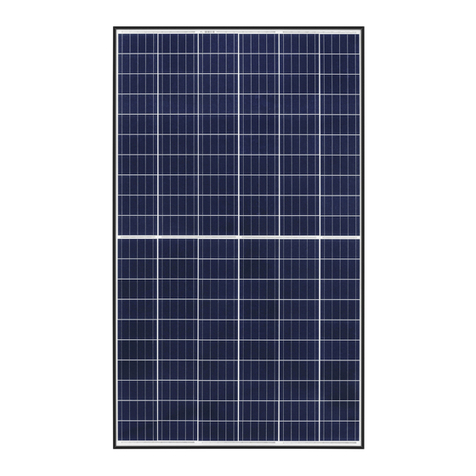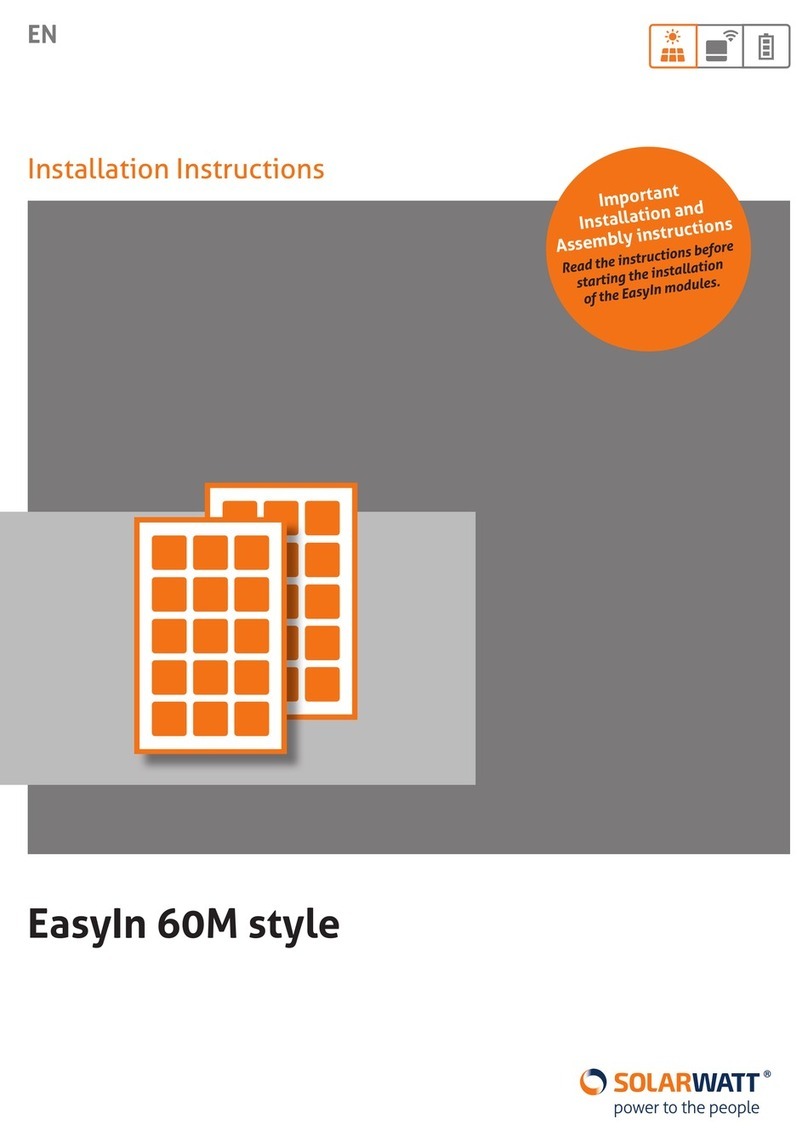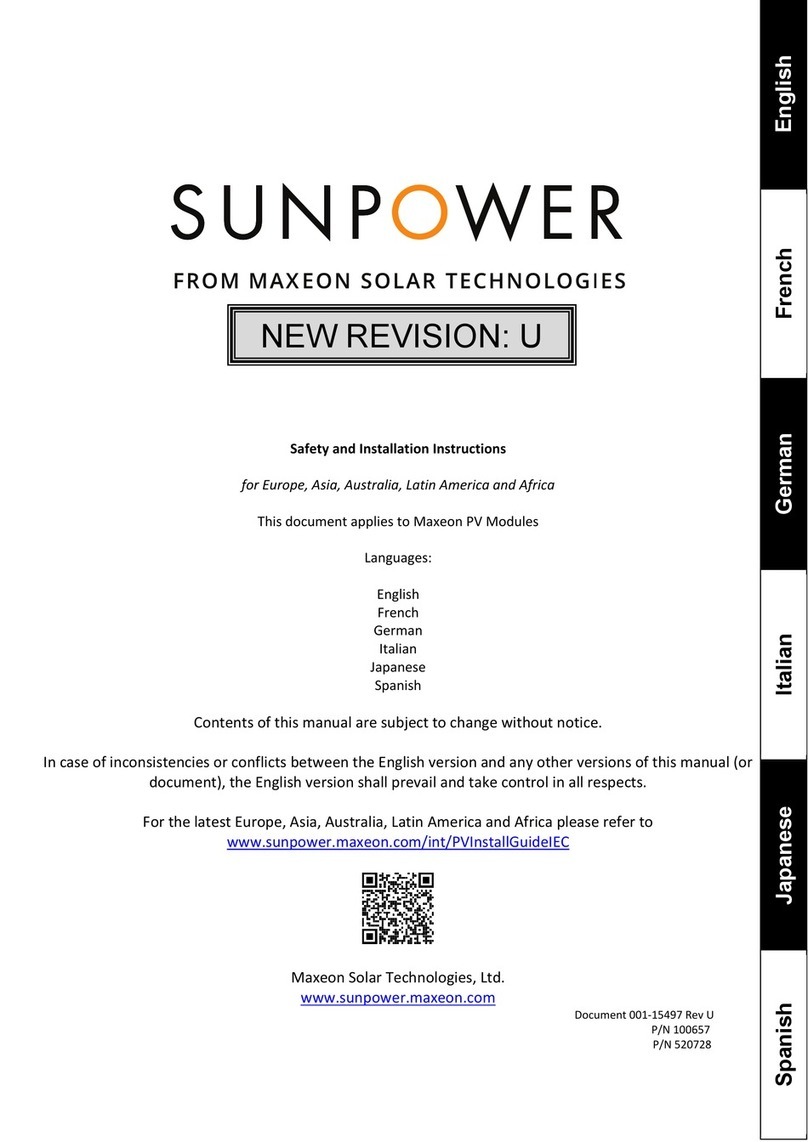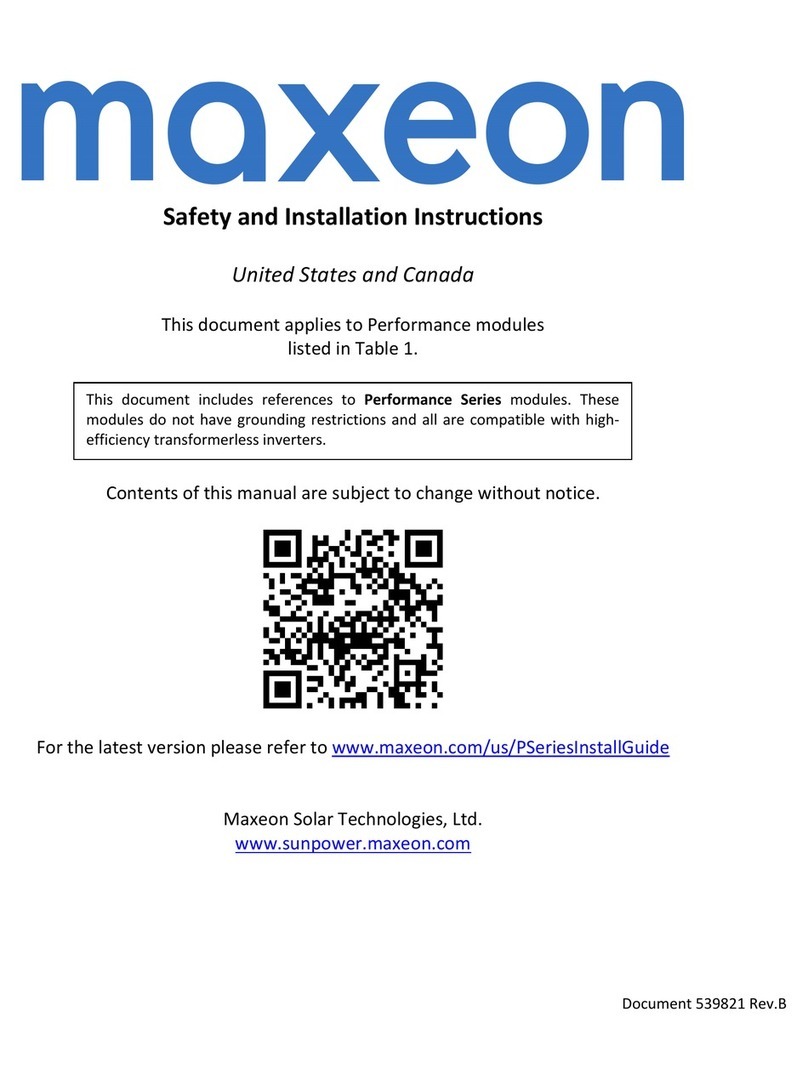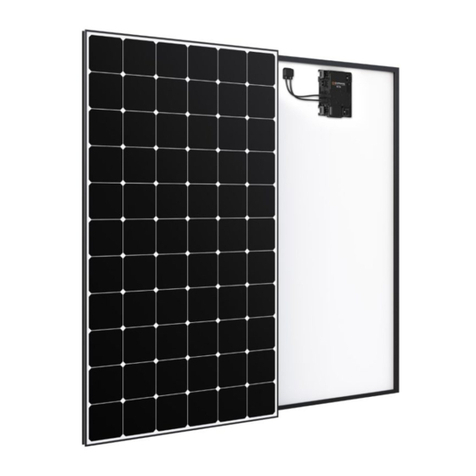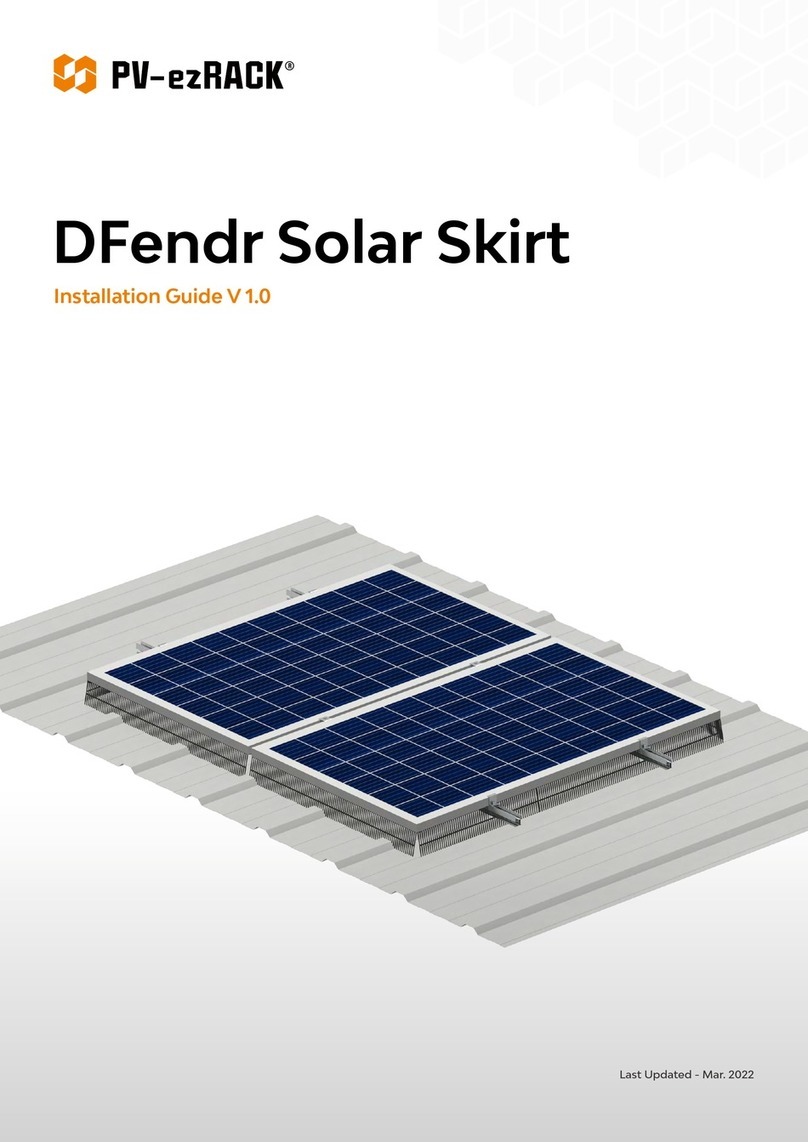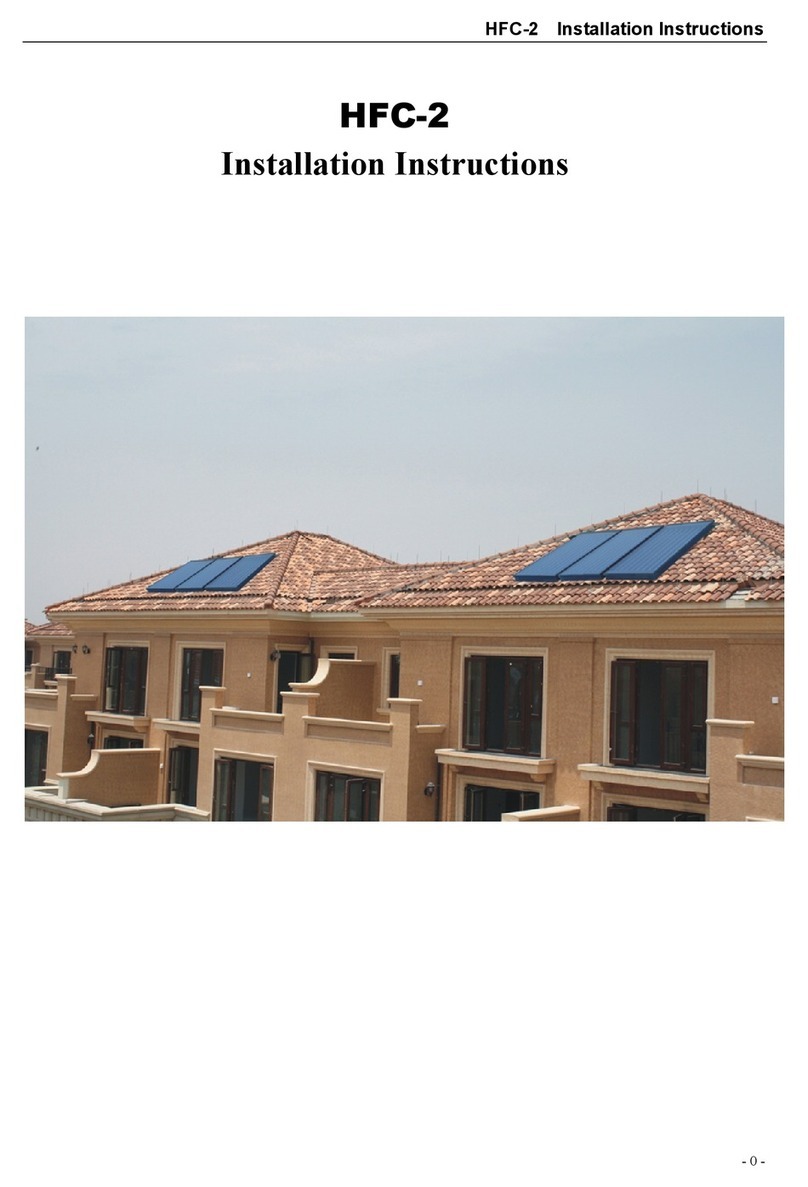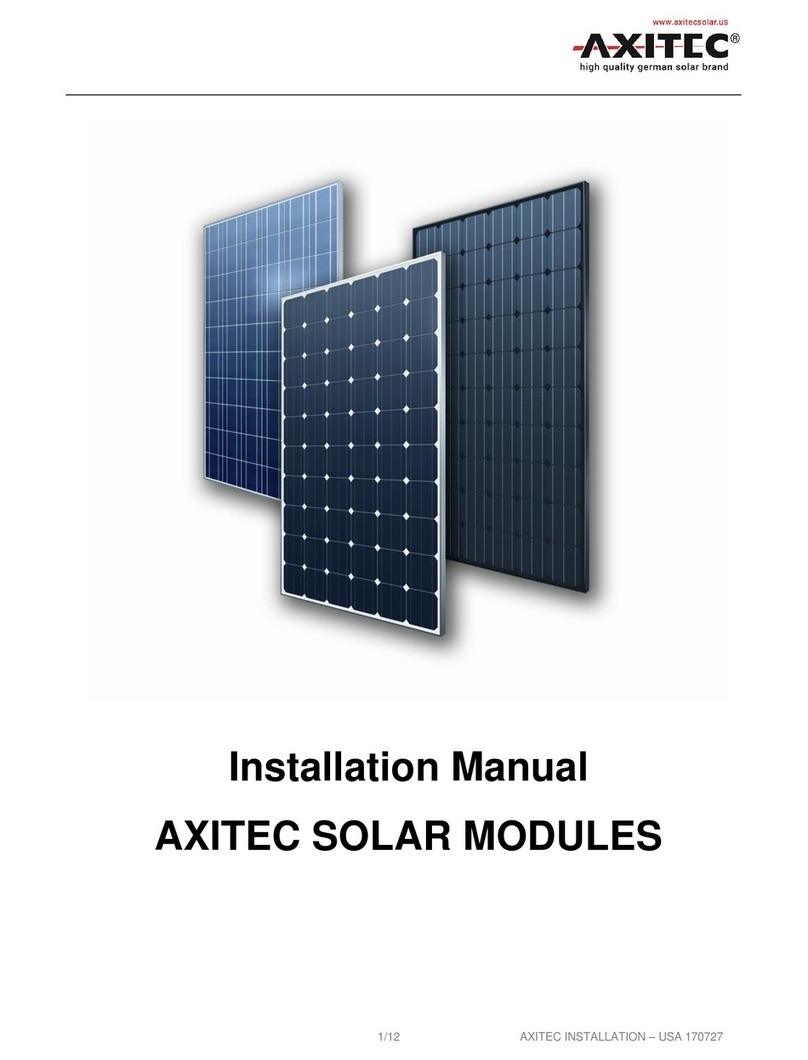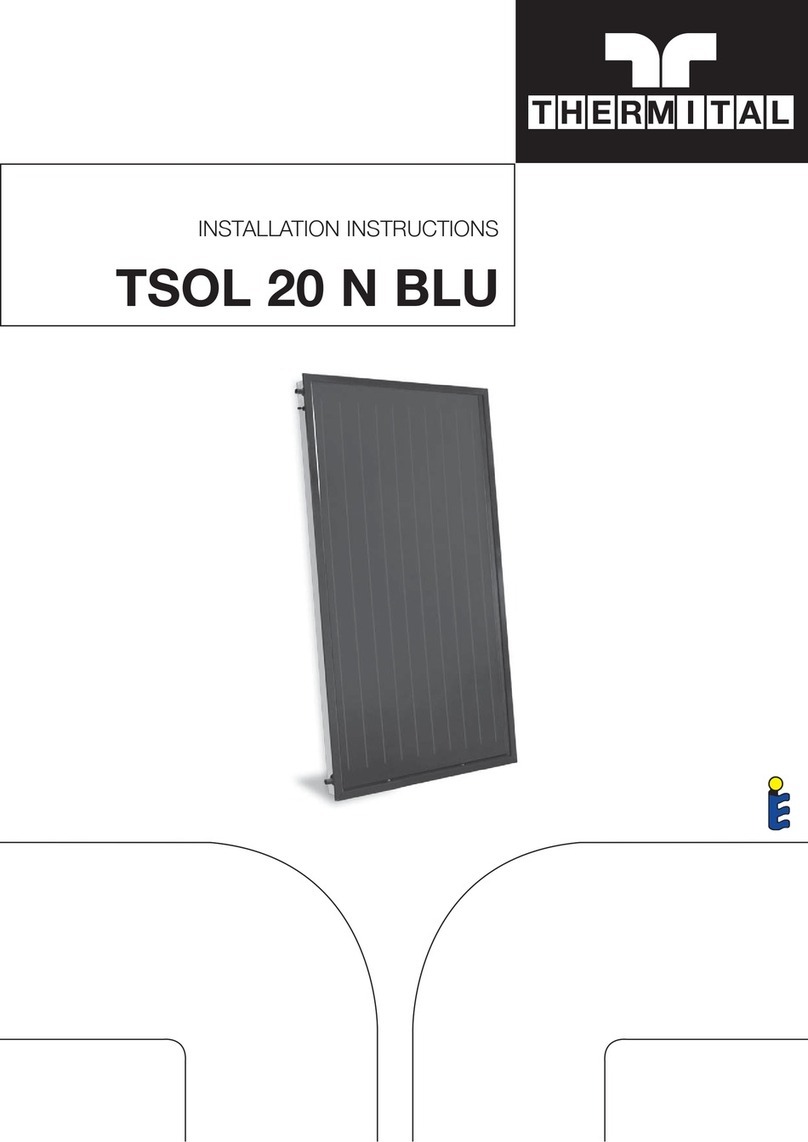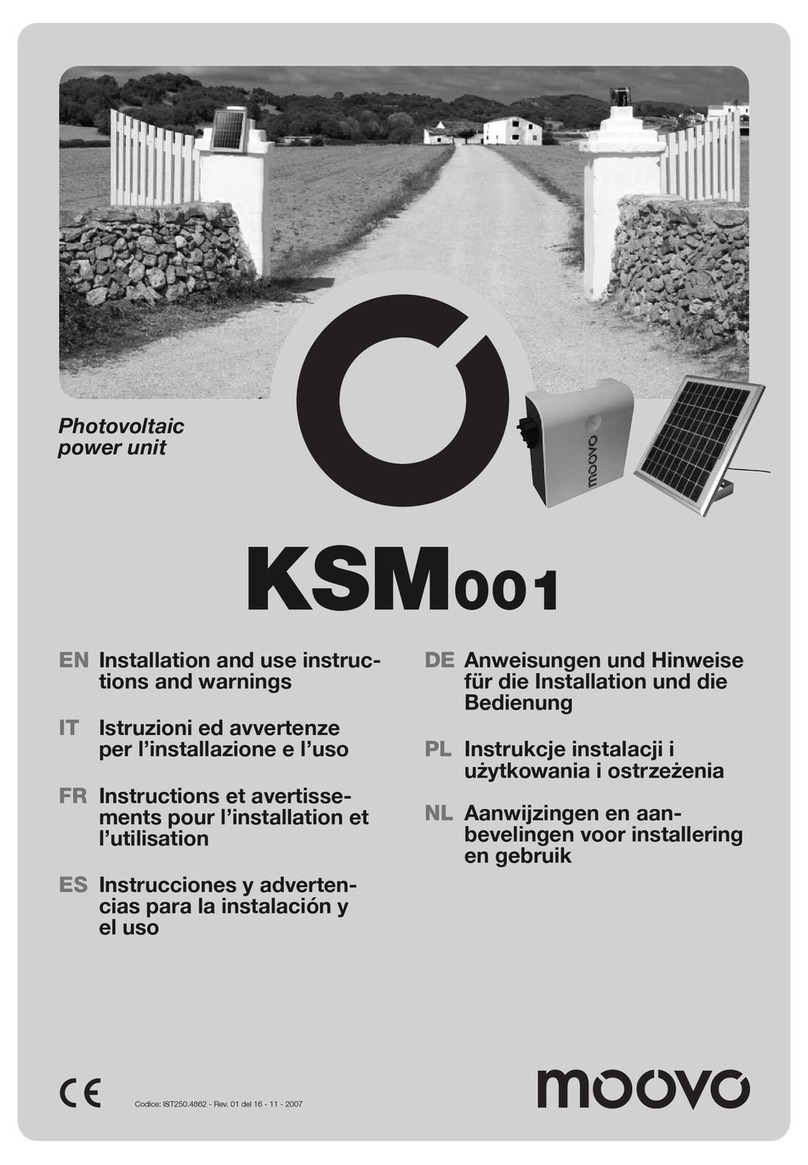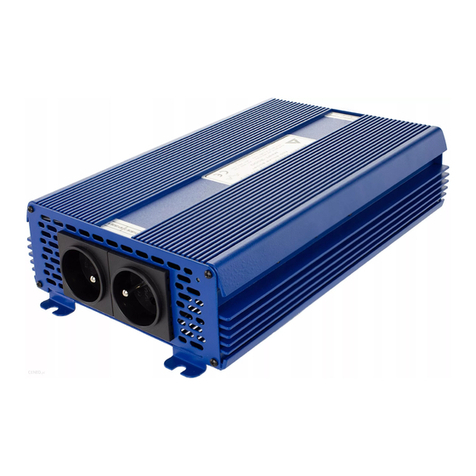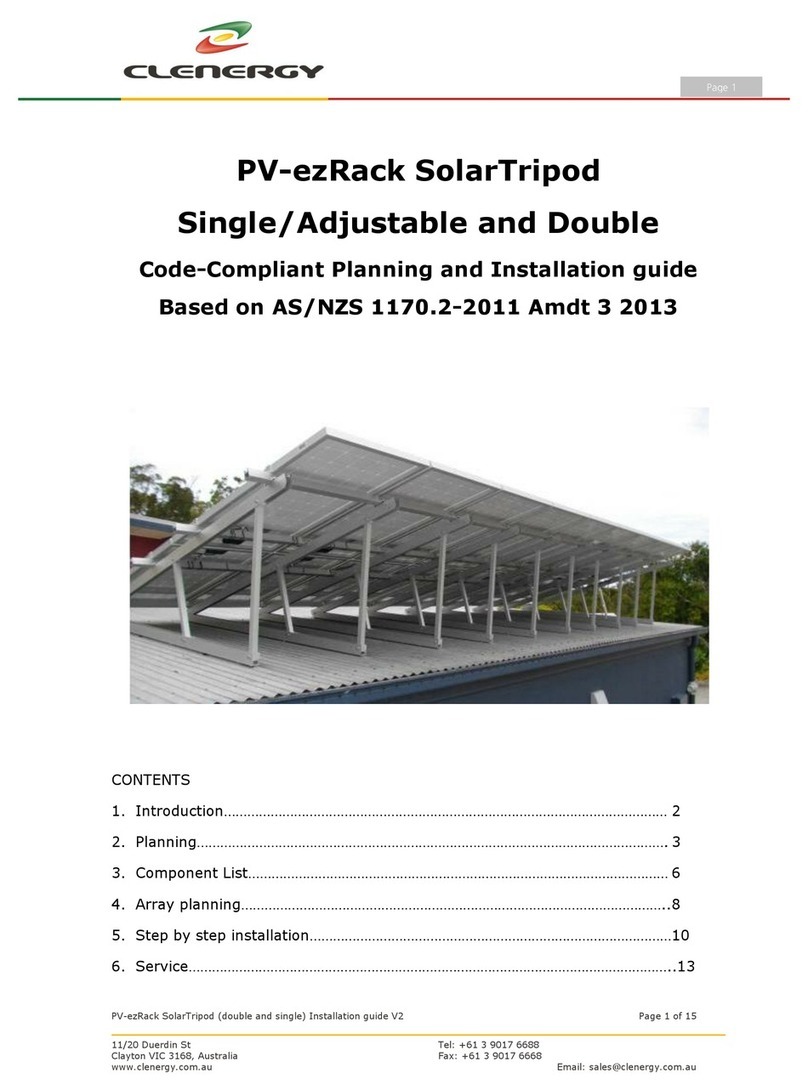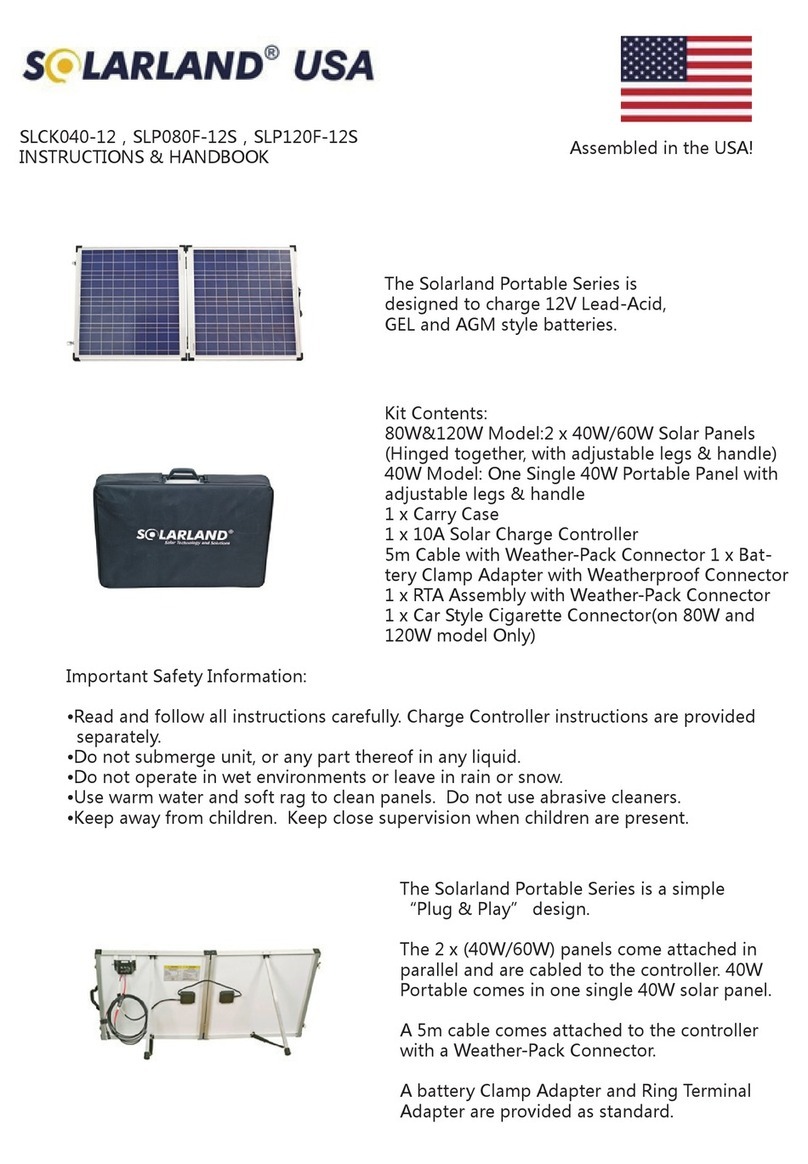
MAXEON SOLAR TECHNOLOGIES, LTD.
Safety and Installation Instructions - Document 539821 Rev A
© 2021 Maxeon Solar Technologies, Ltd. All rights reserved. Specifications included in these instructions are subject to change without notice. Page | 2
Safety and Installation Instructions
(United States and Canada)
1.0 Introduction
These instructions provide safety and installation instructions for UL
Listed Maxeon photovoltaic (PV) modules that have the UL logo on the
product label:
1.1 Disclaimer of Liability
The installation techniques, handling, and use of this product are beyond
company control. Therefore, Maxeon assumes no responsibility for loss, damage
or expense resulting from improper installation, handling, or use.
1.2 Underwriters Laboratories (UL) Listing Information
This product meets or exceeds the requirements set forth by UL 1703, ULC/ORD-
C1703-01 for PV Modules and UL61730. These Standards cover flat-plate PV
modules and panels intended for installation on buildings or those intended to be
freestanding. To satisfy the Listing for this product the modules must be mounted
with a rack or standoff structure. The Listing does not include integration into a
building surface because additional requirements may apply. This product is not
intended for use where artificially concentrated sunlight is applied to the module.
1.3 Limited Warranty
Module limited warranties are described in full in the Maxeon warranty
certificates obtainable at www.sunpower.maxeon.com. In summary, the Limited
Warranties do not apply to any of the following:
PV Modules subjected to: (i) misuse, abuse, neglect or accident; (ii) alteration or
improper installation (improper installation includes, without limitation,
installation that does not comply with all Maxeon installation instructions and
operations and maintenance instructions of any type, as may be amended and
updated from time to time at Maxeon’s sole discretion, and all national, state,
and local laws, codes, ordinances, and regulations); (iii) repair or modification by
someone other than an approved service technician of Maxeon; (iv) conditions
exceeding the voltage, wind, snow load, and any other operational
specifications; (v) power failure or surges; (vi) indirect or direct damage from
lightning, flood, fire or other acts of nature; (vii) damage from persons, biological
activity, or industrial chemical exposure; or (viii) damage from impact or other
events outside Maxeon’s control..
2.0 Safety Precautions
Before installing this product, read all safety instructions in this document.
•All installations must be performed in compliance with the National Electrical
Code (NEC) and any applicable local codes.
•For Canadian jurisdictions, installations shall be in accordance with CSA C22.1,
Safety Standard for Electrical Installations, Canadian Electrical Code, Part 1
•Modules certified to UL 61730 are Safety Class 2 for protection against
electric shock
•There are no user-serviceable parts within the module. Do not attempt to
repair any part of the module.
•Installation should be performed only by qualified personnel.
•Do not stand on, drop, scratch, or allow objects to fall on modules as doing so
may damage them and void the warranty.
•Do not place anything on the modules, even for a moment because resulting
residue may damage or stain the glass surface.
•If the front glass is broken, or the backsheet is torn, contact with any module
surface or module frame can cause electric shock. Damaged modules should
be immediately disconnected from the electric system. The module should
be removed from array as soon as possible and contact the supplier for
disposal instructions.
•Broken J-boxes or connectors are electrical hazards as well as laceration
hazards. Installers should remove any such module from the array and
contact Maxeon for disposal instructions.
•Do not install or handle the modules when they are wet or during periods of
high wind.
•Do not block drain holes or allow water to pool in or near module frames.
•Maxeon recommends a conservative minimum cable bend radius of equal to
or greater than 40 mm (1.5”).
•Unconnected connectors must always be protected from pollution (e.g dust,
humidity, foreign particles, etc), prior to installation. Do not leave
unconnected (unprotected) connectors exposed to the environment. A clean
assembly environment is therefore essential to avoid performance
degradation.
•Do not allow the connectors to come in contact with chemicals such as
greases, oils and organic solvents which may cause stress cracking.
•Do not disconnect any modules when its inverter is feeding in to the grid.
Switch off the inverter before disconnecting, reinstalling or making any action
with the modules.
•For connectors, which are accessible to untrained people, it is imperative to
use the locking connectors and safety clips, if applicable, in order to defend
against untrained personnel disconnecting the modules once they have been
installed.
•Cover all modules in the PV array with an opaque cloth or material before
making or breaking electrical connections.
•Contact Maxeon if maintenance is necessary.
•Save these instructions!
2.1 Fire Rating
The module fire rating is Type 2 per UL1703, 2013 edition and Class C per
UL1703, 2002 edition. Fire rating classification for any PV system using
UL1703:2013 can only establish a fire rating in combination with the mounting
system ratings normally found in the mounting system installation instructions.
3.0 Electrical Characteristics
Electrical characteristics of the modules are described in Table 1 below. Rated
electrical characteristics are within 10 percent of measured values at Standard
Test Conditions of: 1000 W/m2, 25°C cell temperature and solar spectral
irradiance per IEC 60904-3 or irradiation of (air mass) AM 1.5 global (G) spectrum.
Each module contains three bypass diodes. The maximum series fuse rating is
25A.
Under normal conditions, a photovoltaic module may experience conditions that
produce more current and/or voltage than reported at Standard Test Conditions.
Accordingly, the values of ISC and VOC marked on UL Listed modules should
always be multiplied by a factor of 1.25 when determining component voltage
ratings, conductor capacities, fuse sizes and size of controls connected to the
module output. Refer to Section 690-8 of the NEC for an additional 1.25 Safety
factor which may be applicable.
DANGER! Module interconnection cables pass direct current (dc) and
are sources of voltage when the module is under load and when it is
exposed to light. Direct current can arc across gaps and may cause
injury or death if improper connection or disconnection is made; or
if contact is made with module leads that are frayed or torn. Do not
connect or disconnect modules when a current source is energizing
the conductors. Modules may contain high voltage when
interconnected with other modules.
IMPORTANT! Please read these instructions in their entirety before
installing, wiring, or using this product in any way. Failure to comply
with these instructions will invalidate the Maxeon Limited Warranty
for PV Modules.
